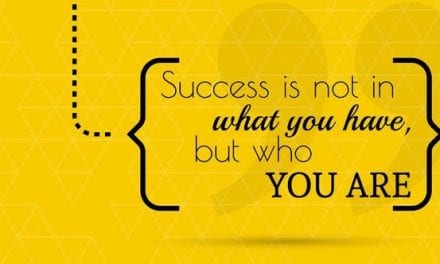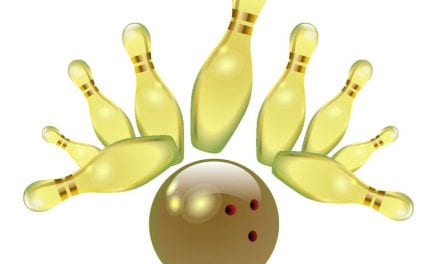In today’s world of senior living sales, managers have frustratingly limited ways to monitor and coach sales people.
In today’s world of senior living sales, managers have frustratingly limited ways to monitor and coach sales people.
I recently had a conversation with William Nowell, the author of VaueMatch Selling and the founder of ServiceTrac, a Senior Housing Forum Partner, about this topic.
As it exists today, sales performance in the senior living sector is just plain not very good.
 The average closing ratios are too low and the cost per sale is too high. According to Will, out of 20 prospects only 1 will actually sign a lease and move into a community. You have to presume that nearly every one of those prospects has a real need when they contact the community, which means we are telling the story so poorly that 19 out of 20 prospects totally reject what we are selling. Improving sales efficiency and the customer experience should be a priority for every one.
The average closing ratios are too low and the cost per sale is too high. According to Will, out of 20 prospects only 1 will actually sign a lease and move into a community. You have to presume that nearly every one of those prospects has a real need when they contact the community, which means we are telling the story so poorly that 19 out of 20 prospects totally reject what we are selling. Improving sales efficiency and the customer experience should be a priority for every one.
At present, sales managers have few tools to enable them to identify opportunities to improve; here is what it looks like.
Performance Numbers
The most obvious tool for evaluating sales performance is to look at month-to-month sales statistics. These numbers can be misleading:
- High demand in the marketplace can make the numbers look good in spite of less than great salesmanship.
- Low sales numbers do not clearly highlight specific weaknesses in skills, attitudes, and processes.
One-On-One Monitoring/Coaching
In some sense this would be the very best way to improve the effectiveness of a salesperson, because, if it were a continuous process (meaning the salesperson had a coach constantly with them), it would be comfortable and helpful. This process is very expensive and absolutely unscalable.
In reality a sales manager will accompany a salesperson on rare occasions and usually for only part of the sales process. Shadowing, as it is called, can also become a distraction to the prospect and intimidating to the salesperson. For these reasons, shadowing cannot accurately reflect how the salesperson performs on a day-to-day basis.
Mystery Shopping
Most large companies use mystery shopping to monitor (and maybe coach) salespeople. Typically a company will contract with a specialized provider to conduct one or two phone shops and one or two in-person mystery shops per salesperson per year. Although these can be beneficial, there are also weaknesses with this approach:
- Mystery shopping at this level still provides too few observations or touches to be a meaningful representation of the salesperson’s performance.
- Salespeople are suspicious and have a radar that can tell them, (though often inaccurately) they are being shopped, which also can affect their performance.
- Because of the inherent weaknesses, post-mystery-shop coaching sessions between the salesperson and sales manager are too often less than productive, with the manager pointing out the faults and the salesperson rebutting them or feeling picked on.
Finally, as Will has worked with sales and marketing managers around North America, he finds they frequently complain that, while they are spending thousands of dollars per community/per year on mystery shopping services, they are not seeing the overall quality of salespeople improve.
Next Up: ServiceTrac Live is a new sales-experience-capture application that helps sales managers record and store almost every sales experience and make the information available for analysis and even sales coaching. This app provides a realistic capability for dramatically improving the whole coaching/mentoring process.
Steve Moran








